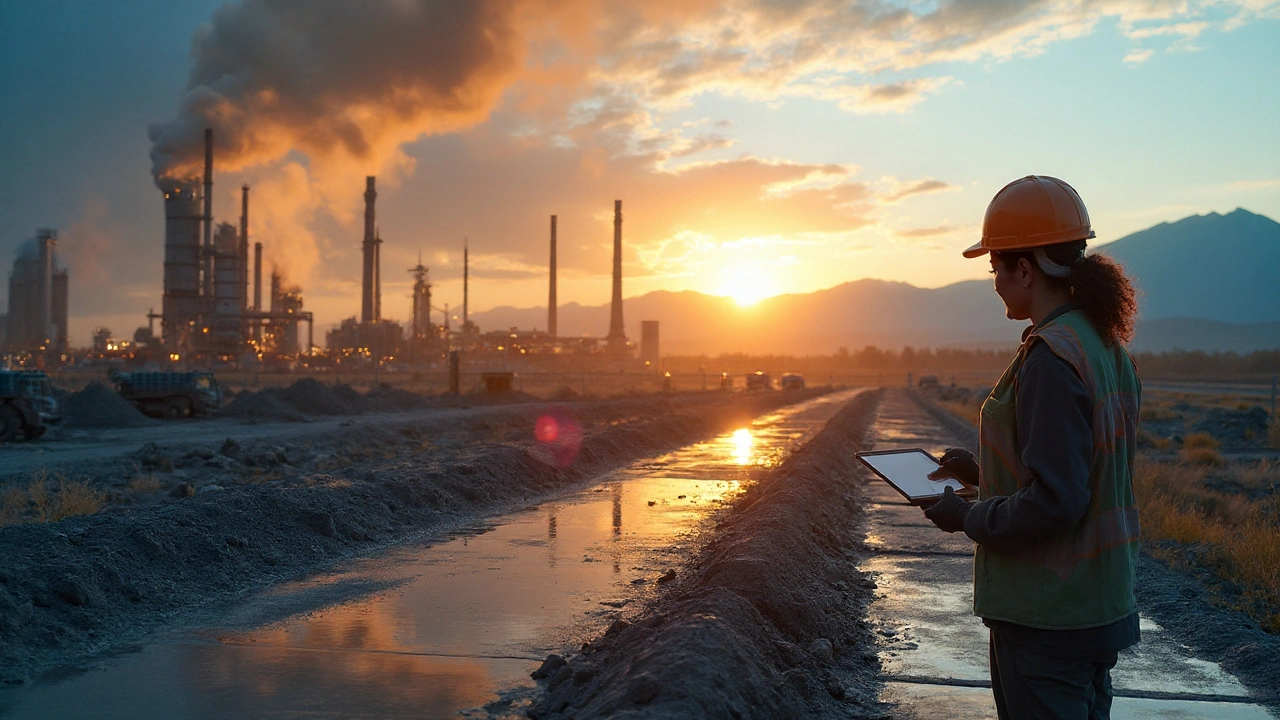Ocean Acidification Explained: Why It Matters and How You Can Help
Ever wonder why the ocean sometimes looks a bit murkier or why shells can turn crumbly? It’s often because the water is becoming more acidic. This isn’t just a weird chemical trick – it’s a real problem linked to the carbon dioxide we pump into the air every day.
When we burn fossil fuels, cut down trees, or fly across the globe, CO2 levels rise. About a quarter of that extra CO2 dissolves straight into the sea. Once there, it reacts with water and forms carbonic acid, which drops the ocean’s pH. Even a small shift in pH can have big effects because marine life is adapted to a very stable chemical environment.
How Acidic Water Affects Marine Life
Shell‑forming creatures like oysters, clams, and coral reefs need calcium carbonate to build their homes. Acidic water makes it harder for them to pull calcium out of the water, so their shells and skeletons become thinner and weaker. Over time, reefs can break down, which means less habitat for fish, less protection for coastlines, and a hit to the tourism and fishing industries.
Even creatures without shells feel the pressure. Some plankton, the tiny producers at the base of the food chain, struggle to grow in more acidic conditions. If plankton numbers drop, the ripple effect can reach all the way up to the biggest fish and marine mammals.
What You Can Do to Slow It Down
Feeling helpless is easy, but there are real actions you can take. Cutting your personal carbon footprint – like driving less, using energy‑efficient appliances, and supporting renewable energy – directly reduces the CO2 that eventually ends up in the ocean.
Support policies that limit emissions. Vote for leaders who back clean‑energy legislation and invest in coastal protection projects. Even small community projects, like planting trees or cleaning up local waterways, add up because they keep less pollution from flowing into the sea.
Finally, spread the word. Talk to friends, share articles, or join a local marine‑conservation group. The more people understand ocean acidification, the faster we can push for change.
Ocean acidification is a silent challenge, but it’s also a call to act. By understanding the link between our daily habits and the health of the seas, you can make choices that protect marine life and keep our coastlines thriving for generations to come.
Calcium Carbonate and Climate Change: Roles, Risks, and Real Solutions (2025 Guide)
- Benjamin Aghaki-Allen
- Climate & Environment
- 15 comment
Does calcium carbonate help or hurt the climate? Clear 2025 guide on cement, oceans, farming, and fixes-what really cuts CO2 and what to avoid.
VIEW MORECategories
Popular posts
-
Buy Online Cheap Generic Nexium - Safe and Smart Guide
Benjamin Aghaki-Allen -
Buy Cheap Generic Celebrex Online - Safe, Fast & Affordable
Benjamin Aghaki-Allen -
Ethambutol: Why Regular Lab Monitoring Matters in TB Therapy
Benjamin Aghaki-Allen -
How to Protect Your Privacy When Disposing of Medications
Benjamin Aghaki-Allen -
Benzodiazepine Overdose: Emergency Treatment and Monitoring
Benjamin Aghaki-Allen
Popular tags
- side effects
- online pharmacy
- medication safety
- dietary supplement
- gut health
- blood pressure medication
- alternatives
- generic drugs
- dosage
- weight management
- quality of life
- cheap generic Zoloft
- affordable sertraline
- ED medication comparison
- Tadalafil
- comparison
- medication adherence
- therapeutic equivalence
- Hatch-Waxman Act
- generic vs brand
